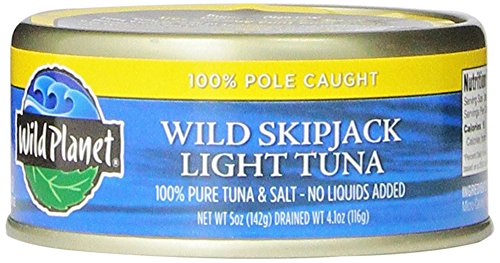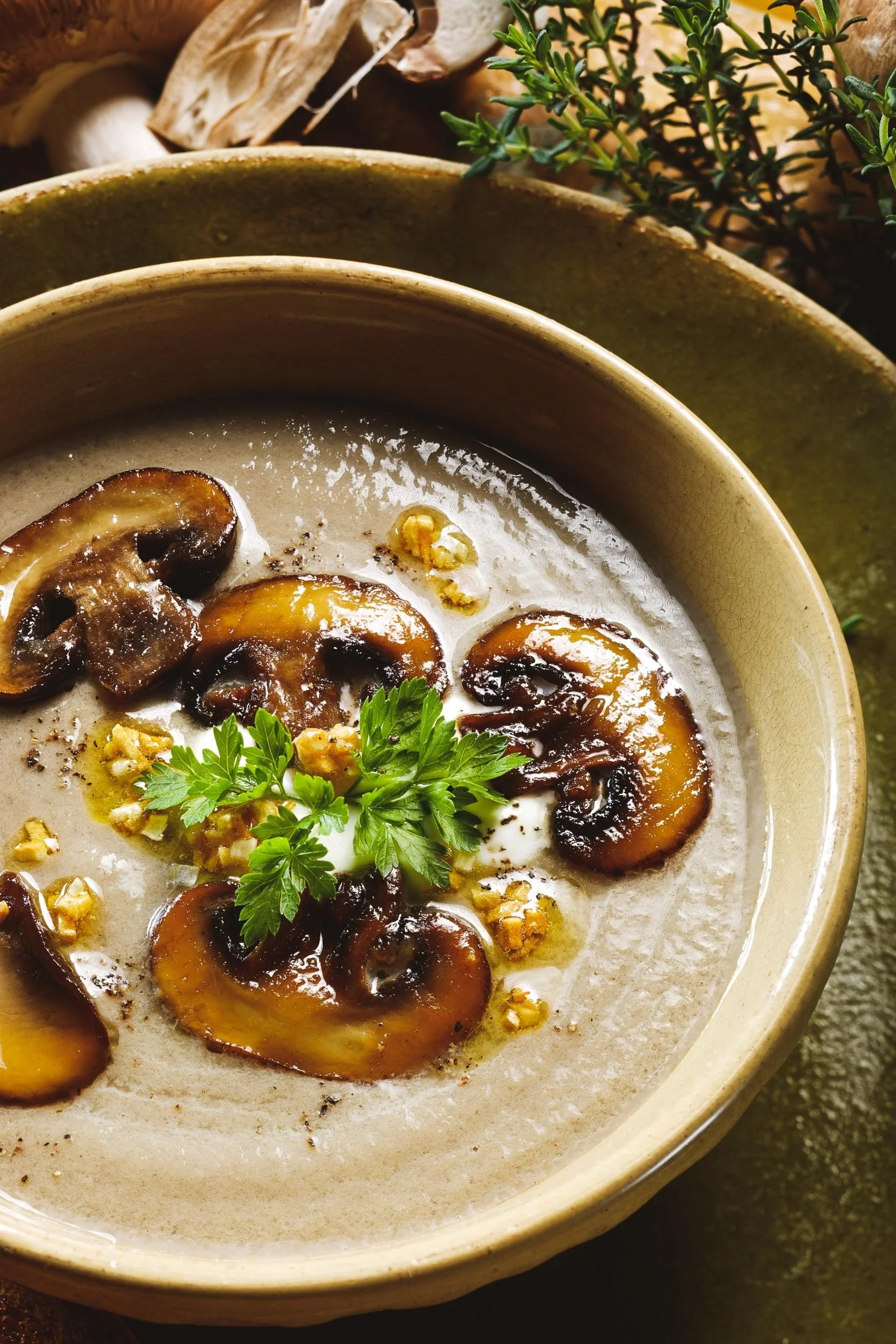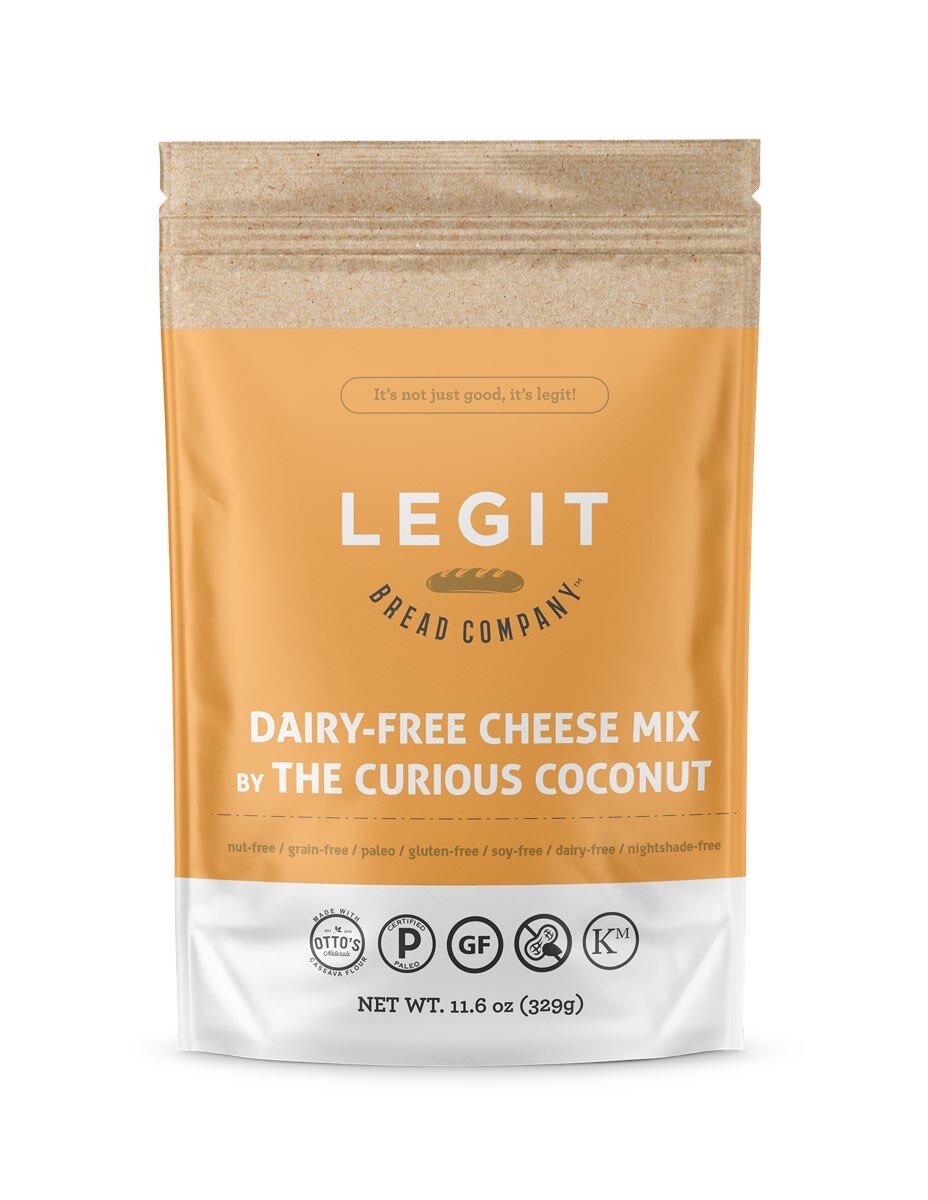Check out my 2nd post in this series here, with many more tips to help you keep balance in your life while following the AIP or Repairvite!
Starting the paleo autoimmune protocol, or the AIP as it is abbreviated, can be incredibly intimidating. I know firsthand. I did it a year ago and felt completely overwhelmed and like it would be impossible to stick to that way of eating for any stretch of time. But, with careful planning and a lot of creativity in the kitchen, I was able to make the best of it and come out the other side healthier, happier, and stronger than ever before and with a healed gut.
I am now back on strict AIP with my household - we started for Lent (Feb 18th). It's not for me, but this time for my husband and dear roommates. My husband, Andy, is going to follow the exact same leaky gut protocol that I did last year. So are my roommates. I can't let them go through that alone, now can I?? :-)
The last few weeks we've been talking a lot about how to prepare for the AIP. Lucky for my household, I will be doing most of the cooking and meal planning for everybody, so they get an easy break. But for the rest of you that don't have a live-in paleo and AIP blogger, I wanted to put together a list of my best tips and tricks and favorite products to make the AIP easier.
What is the autoimmune protocol (AIP)? How is it different from Repairvite?
Before getting to my recommendations, here's a quick cheat sheet for is and isn't allowed on the AIP and a brief discussion of how it differs from the Repairvite program (what I followed to heal leaky gut).
Important note: I'm a scientist, so I've spent many hours reading the scientific literature used to support the "no" and "maybe" foods on the AIP. Bottom line: I disagree with a few things (mainly black peppercorns and yuca/tapioca/manioc). Now I'm also unsure about seeds! I'm doing a lot of research right now and plan on doing a blog post based on the current available evidence in the scientific literature.
But, the important message I want to convey is this: it's OK (and good!) to challenge the health advice you get on blogs, especially if the voice behind the blog has no medical/clinical training. Heck, even if it is written by a qualified medical practitioner, you should still do your own research. Yes, I'm a scientist and am quite capable of understanding complex studies in the literature, but I don't treat patients. I do my absolute best to share accurate information here, but it's important to keep some skepticism, ask questions, and ALWAYS ALWAYS ALWAYS do your own research and draw your own conclusions about things!
The AIP strictly excludes all of the following:
- grains (wheat, barley, rye, and non-gluten grains like rice, corn, teff, etc.)
- legumes & beans (including peanuts)
- dairy of all types (even raw)
- nuts
- seeds (including seed-based spices such as cumin, coriander, fennel, etc.) - however seeds are NOT excluded on Repairvite
- eggs
- nightshades (potatoes, tomatoes, hot and sweet peppers [but not black pepper -- it's not a nightshade], eggplant, goji berries, etc.)
- chocolate (allowed on Repairvite as long as it is unsweetened)
- alcohol
- coffee
- sugar is not allowed on Repairvite and encouraged to be limited on AIP
- high-glycemic fruits are not allowed on Repairvite
But, instead of focusing on what you can't have, let's look at all the amazing things you CAN eat:
- all types of meats (preferably pasture-raised or organic) and seafood
- any and all vegetables, roots, tubers, squashes, etc. that are not nightshades
- herbs
- non-seed or nightshade spices
- bone broth
- herbal teas (made without seeds or grains)
- green tea
- all types of coconut products, like coconut milk, butter, oil, and shreds
- fermented foods like sauerkraut, water kefir, and kombucha - these are especially recommended while following Repairvite due to the supplements you take to kill off any bad bacteria, parasites, or yeast in your gut - you need to do everything you can to help the good guys!
- fruits in moderate quantities (no more than 1-2 pieces per day). This is most important if you have blood sugar regulation issues - Repairvite does not allow high glycemic fruits like watermelon, pineapple, mango, etc.
So, what I did a year ago was a combination of the two protocols, restricting everything from both protocols - I just really focused on fatty meats and non-starchy vegetables. I also religiously consumed bone broth daily and ate tons of fermented foods. And it worked to heal my gut and make it so that I can eat anything (even gluten) without negative consequences.
My pantry staples for the AIP
These items will make your life SO much easier while following the AIP or Repairvite diet. Most of them you can pick up from one of my affiliate partners. I justify spending money on these types of products since I'm saving so much money by hardly ever eating out while strictly following the AIP or Repairvite Diet.
Sauces for cooking
Red Boat Fish Sauce - such an awesome source of "umami"! I love adding it to my vegetables to give them some extra oomph and a more satisfying flavor. And whaddaya know, the research says that umami promotes a feeling of satiety! I sure agree with that :) Try adding it to your greens about 1/2 Tbsp at a time until it tastes awesome.
Coconut aminos - since you can't have gluten-free soy sauce, this is your only option! Pair it with the fish sauce, ginger powder or fresh root, some fresh lemon or orange juice, and some fresh garlic for a wonderful Asian-themed sauce to go in stir fries or to marinate meat or add to hamburgers.
Coconut snack goodies
Coconut shreds - both plain and the Dang brand toasted. Although, be careful with the Dang if you are limiting your sugar intake - part of why they taste so freaking good is the bit of sugar they add to them. Stick to the Let's Do Organic (I find the texture way better than Bob's Red Mill) if you want sugar-free. These are a great high-fat snack that's satisfying to munch on. The Dang chips can act as dessert, too!
Coconut butter - either plain or Nikki's brand vanilla cake batter flavor (it's the only one that is AIP) awesome high fat and flavorful snack. Again, if you're watching sugar intake, skip the Nikki's and stick to the plain. I love both of these with a Granny Smith apple!
Meaty goodies
Epic Bar - the bison, cranberry, and bacon flavor is the only one that's fully AIP compliant. They also make a new beef + liver bar that's just seasoned with salt and black pepper - in my book that's OK to eat!
All of the canned fish, including sardines, salmon, and tuna. My favorite sardines are the Wild Planet non-smoked, packed in spring water. Sometimes I feel like the smoked sardines don't agree with me that well, but I can eat the ones I just linked to every day without problems! My second favorites are the Crown Prince lightly smoked in spring water - not sure what it is about the olive oil packed sardines that I don't like, but I prefer to add my own olive oil (Paesano is my all-time favorite) if I want added fat. And salmon is probably my FAVORITE canned fish - the best part is getting to eat the bones! I've always loved to eat them, ever since I was a small (extremely picky) child. YUM!
Healthy delicious fats
Healthy fats that are allowed include coconut oil, lard, tallow, schmaltz, duck fat, olive oil, and avocado. And be sure to hoard every last drop of bacon grease! Carrington Farms coconut oil is the best value you can buy right now on Amazon, and I really like the flavor! And, if you didn't already know, Paesano unfiltered olive oil is just about the best thing ever. It's sooooo good on a salad!
Last, but not least, I want to highlight a specific brand of PLANTAIN CHIPS - SaMai. They're sustainably grown and the company is very environmentally conscious. They're also cooked in super healthy palm oil - and no, they don't harm orangutans since orangutans don't actually live in Ecuador and they get the oil from a neighboring sustainable farm :-) Click here to read more about them (esp. the "about us" and "social responsibility" tabs).
Dip these in guacamole or just eat them with an avocado and an Epic bar or pack of tuna/sardines/salmon (a great on-the-go meal!) Or just enjoy them alone for a satisfying crunchy snack.
Top tips for surviving the AIP: #1: Learn to plan ahead
Be sure to plan your meals ahead further in advance than you are used to. The worst thing that can happen (especially during the first week) is that you find yourself stuck away from home without a plan or any emergency snacks to tide you over. "Hangriness" will ensue and you may be tempted to eat something you aren't supposed to.
Keep an Epic bar in your bag at all times! That's my strategy.
Planning ahead also applies to any meals eaten out. It may seem like adhering to the AIP will put a damper on your social life if you are used to eating out with friends and coworkers (or heck, even family that isn't on board), but planning is the key.
Bring a bottle of your own salad dressing with you (you can make a simple vinaigrette from olive oil, balsamic vinegar or fresh lime/lemon juice, and herbs and garlic). I bring a tiny jar of coconut oil to put on my baked sweet potatoes (since butter isn't allowed). Going for sushi? Ask them to hold the rice and put your sashimi on a bed of greens only and bring your coconut aminos along for seasoning. Many restaurants will offer steamed vegetables as a side (just be sure to specify no butter) and can cook meats on the grill with no seasoning except salt and pepper.
Check out menus ahead of time when you can, and be polite and patient with your servers - I usually like to start by saying I need to ask a few questions because I have some food allergies and need to avoid specific things. Many times servers will do their best to accommodate you
#2: Treat yourself to something special each week
Let yourself eat something you REALLY enjoy at least once a week. Take the time to make a complicated recipe that will satisfy a deep, comforting craving for you. We are so lucky that these days there are so many wonderfully talented and creative AIP bloggers out there developing recipes left and right that fit the protocol and replace foods we're used to eating.
Miss ice cream? Well then make it! There are a ton of AIP-friendly recipes here. And here's one to get you started.
Pizza? I've got you covered here.
Dinner rolls or hamburger buns? Done.
Sandwiches? Yep, you can have 'em.
Pancakes? Right here and here.
Biscuits? There's no reason to feel guilty at all eating these fat- and protein-packed goodies here.
You get my point. There are tons of other dishes you can make to let you feel like you are really indulging, yet you are still sticking to healthy ingredients that aren't pro-inflammatory.
#3: Give yourself backup plans for quick meals at home
Make sure you have some backup plans in place for food at home. I make a habit of cooking big roasts ahead of time and freezing the extra meat (I use these jars with these lids and it makes it SUPER convenient). It's easy to pull one of the jars right out of the freezer and into a bowl of warm water to quickly thaw it on a busy weeknight for a quick meal. I'll add it to a skillet with plenty of fresh veggies (easy to prep) with some good seasonings for a one-pot balanced meal that's fast to make and uses what I've got on hand veggie- and seasoning/herb-wise.
#4: Cook in batches
Since you basically have to cook all your meals yourself, do yourself a favor and cook in batches. Like my friend Beverly at On Diet And Health says, "if you're going to roast 1 chicken, why not roast 3!" Stick them in the fridge and eat from them for the week. You can shred the meat and make a chicken salad (like my AIP Venezuelan Reina Pepiada - SO GOOD!) or simply reheat and eat.
If you need help with batch cooking and want to learn how to prep your entire week's worth of meals in just 1 hour, check out 20Dishes. They've got AIP and low FODMAP meal plans, too!
#5: Check out your International grocery stores
You'll find some real treasures there! Let me tell you about my local store now...
My household just bought a 40 lb crate of malanga (aka ocumo) from our Latin grocery store. It's a tropical starchy root that makes the PERFECT potato substitute - I boil them for about 20-25 minutes and mash with plenty of coconut milk and bone broth until creamy. You can also shred them and make them into loose patties that you fry for a nice crunchy starchy side.
There are lots of other exciting tropical starches to be found - plantains (green, yellow, and black), ñame (a TRUE yam - nothing related to a sweet potato), yuca (although I strongly recommend buying it frozen and not fresh), taro, boniato, and more! Click here for more info about these awesome starches.
I can also find limes, avocados, and garlic for the best price locally at my Hispanic market - these things are staples for me on the AIP!
































